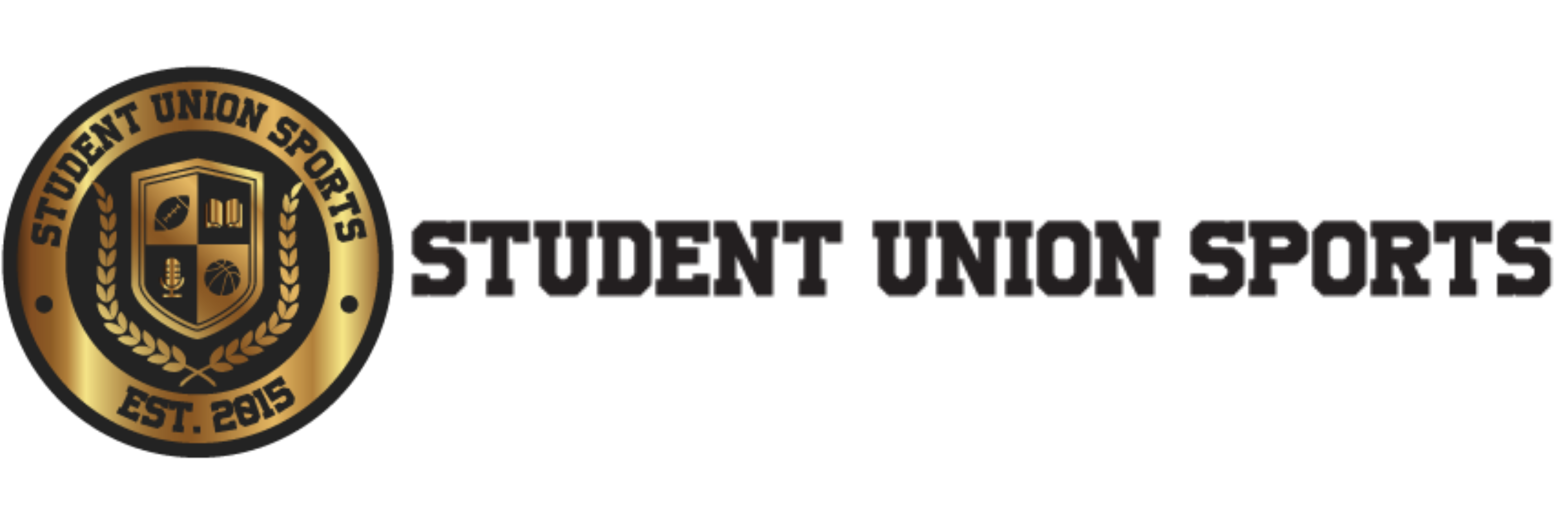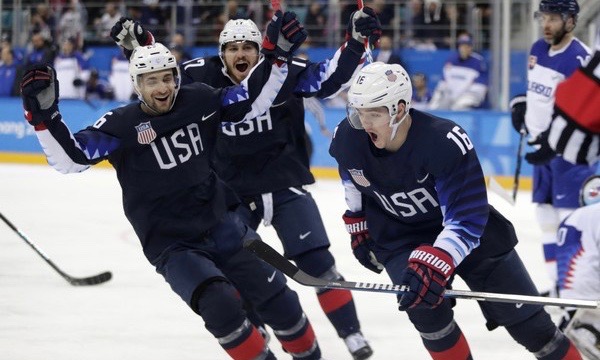For American hockey fans, the men’s hockey tournament at the 2018 Winter Olympics became a disappointment long before any teams took the ice. When it was announced that no NHL players would be participating, any hopes for an American medal, let alone our first gold since the Miracle on Ice, took a huge hit. With a new era of exciting young Americans unable to represent their country thanks to a certain stubborn and greedy commissioner, it became even more likely that it would be Russia or Canada who reached the top of the podium.
That outlook seems now to have been more or less spot on, as the Americans were knocked out in the quarterfinals by the Czech Republic in a shootout Tuesday. Team USA looked downright mediocre throughout most of the tournament including in an embarrassing opening game loss to Slovenia.
The future of Olympic hockey is completely up in the air. Maybe Gary Bettman will move on or come to his senses and we will see our very best players on the ice in Beijing in 2022. But should NHL players remain absent next time around, the best lesson we can learn from this year’s games is that the United States can and should rely on college hockey for its top talent.
Of the 25-man roster, just four are current NCAA players. Taking a look at how they fared individually, it’s clear that our top college players can compete at a very high level.
The brightest star was Harvard forward Ryan Donato. Through the quarterfinal round, Donato leads all players with five goals. His three power play goals alone would put him top ten in scoring. He wasn’t just scoring gimmies either — he showed off enough skill with the puck and a wicked wrist shot to get Boston Bruins fans wondering if he might be useful in the final month of the NHL season. But first, Donato will come back to a Harvard team trying to win the ECAC and add on to his 31 points this season.
#NHLBruins prospect Ryan Donato with his second goal of the game, on the PP, gives #TeamUSA a 2-1 lead in the 3rd. pic.twitter.com/7b7ojPCXrN
— Boston Pucks (@BostonPucks) February 16, 2018
This twisted wristah is coming to @NHLBruins soon….Harvard’s Ryan Donato from Denver’s Troy Terry #CawlidgeHawkey pic.twitter.com/rqOh4WHAxz
— Bucci Mane (@Buccigross) February 16, 2018
If Donato was team USA’s batman, then Denver’s Troy Terry was its robin. Terry led Team USA and currently sits tied for fourth among all players with five assists. Just as he does at DU, Terry (teaming up with Donato) made team USA’s power play one of the more dangerous units in the tournament. But more than that, Terry looked like the most confident player on the ice for Team USA despite being just 20 years old. His confidence got the best of him at times as he turned the puck over skating head on into the Czech defense more than once. And even though he couldn’t follow up his heroics in the 2017 World Juniors for Team USA in the shootout, Terry had an excellent tournament and will be one of many dangerous weapons at DU’s disposal in their quest for back-to-back titles.
The final two college players for the US were Boston University’s Jordan Greenway and St. Cloud State’s Will Borgen. Greenway made history by becoming the first African-American player on the US Olympic team and followed up with a solid tourney. USA’s opening loss to Slovenia wouldn’t have even made it to overtime if it weren’t for Greenway, who seemed to be the only player unaffected by the larger ice and first-game jitters. He also threw around his 6″6′ frame plenty and tossed some Russians, which is the next best thing to winning a medal.
Jordan Greenway is my favorite player in the world. Just Alpha'd the shit out of 2 communists at the same time here. pic.twitter.com/Hd1Fz219Qn
— Jordie ? (@BarstoolJordie) February 17, 2018
To the confusion of many, Borgen never saw the ice at the Olympics. This left some wondering why head coach Tony Granato even took him to Korea, especially given that Borgen is in the middle of a college season.
It sure was nice of USA Hockey to take Will Borgen away from the Huskies a few weeks before playoffs to give him a free trip to South Korea to watch the Olympics.
— Zach Halverson (@ZachHalverson) February 20, 2018
Based on the product on the ice, Borgen isn’t the only college player who should have been playing but wasn’t. Instead of washed up former NHL guys, Team USA may as well be all made up of college kids if we aren’t going to send NHL players. It certainly worked out well the last time we won gold, and the few kids who were given a fair opportunity this year made quite the statement. So if we aren’t sending Auston Matthews to the Olympics next time around, let the kids play instead.




